WHERE DOES YOUR FOOD COME FROM?
Nature's plants and animals provide the food we eat. Fruit, vegetables, and berries are grown from trees, vines, bushes, or covered in the soil. Learn how you are made of what you eat.
Consider this holistic thought. Does where I am purchasing my food from make sense to me? Would supporting a farmer and buying nutrient-dense food that is good for my body make more sense?
-Be actively involved in choosing what you eat by learning where your food comes from. Locate a farm where food is locally grown and produced. This will help you to make better, more informed decisions in purchasing fresh, nutritional food for you and your family.
-You will also be supporting your local community by purchasing food directly from the producer.
-Farmers' Markets are wonderful avenues to purchase a variety of quality local farm-fresh produce along with other handmade products such as baked goods, jellies, soaps, and lotions.
(For a map of local farm stores click below)
(Research the list available for your state as well.)
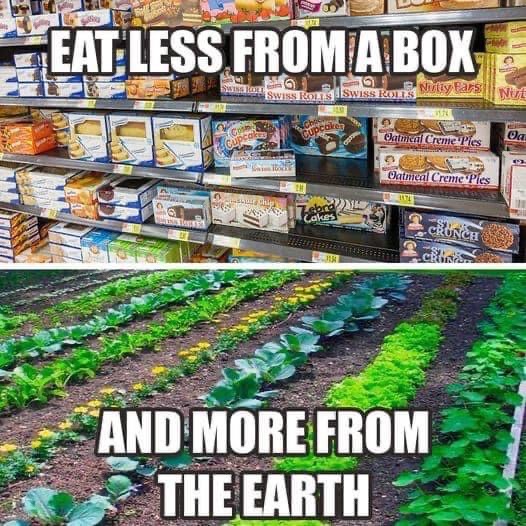
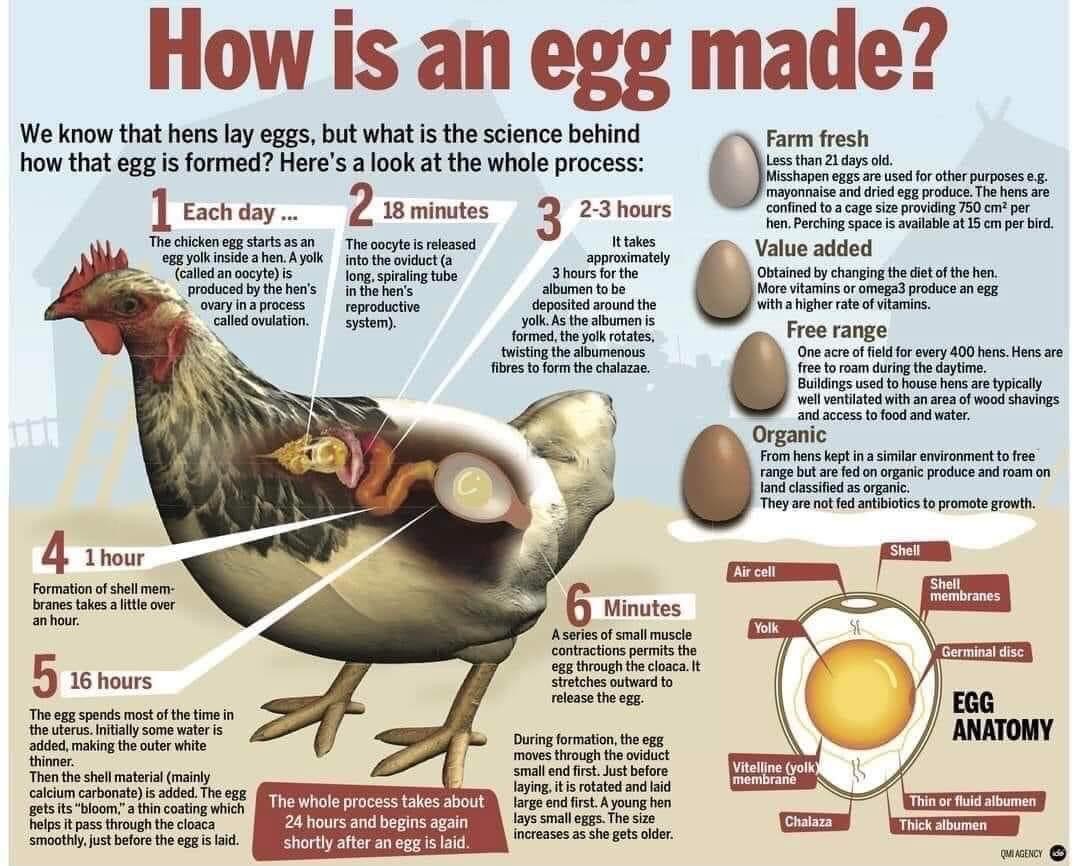
You Are What You Eat
The food you eat is fuel for your body. Eating nutrient-dense foods will nourish your body and keep you healthy. Fresh fruits, vegetables, whole grains, farm-fresh eggs, and meats are rich in vitamins, minerals, and other nutrients important for feeling healthy and energetic. The foods you eat provide nutrients for every cell in your body from skin and hair to your muscles, bones, digestive and immune systems. If you eat healthy foods, you will be in a better mood and feel amazing.
Want to begin growing your own food? Start small; buy a chicken. You probably can find enough change in your car or couch cushions to purchase one chicken. Sell the eggs. Save the money and buy more chickens. Start somewhere.
Educational Videos for You
Click on the video at the left, "The Most Important Bean in the World" to learn the role of soybeans in the world.
Click on the titles below to learn about Regenerative Agriculture:
-Kiss the Ground Film Trailer (2020)
-The Biggest Little Farm (Official Trailer)
-Gabe Brown discusses how Regenerative Agriculture is a solution to global challenges
More Videos to Enjoy:
Kansas Farmers Markets for You to Shop
1. Merriam Farmers Market, May 7 thru September 24, 2022. Merriam, KS.
2. Shawnee Farmers Market, May 7 thru October 30, 2022. Shawnee, KS.
3. Harvey County Farmers Market, May 14 thru October, Newton, KS.
For a complete list of Farmers Markets in Kansas click here.
(Research the list available for your state as well.)
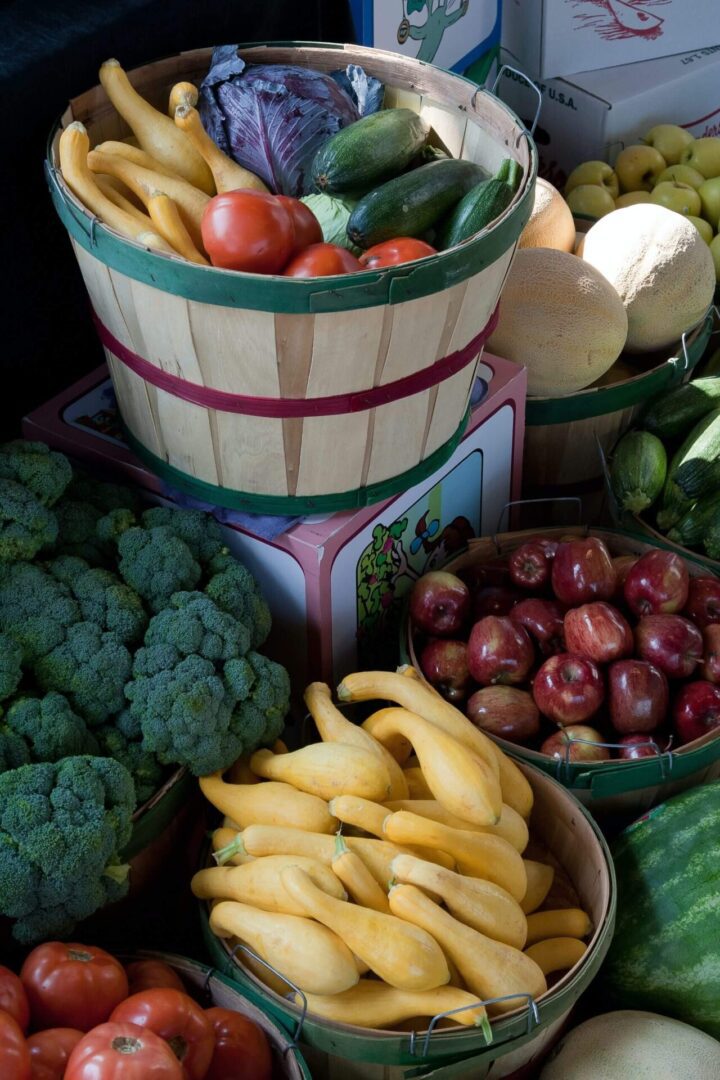
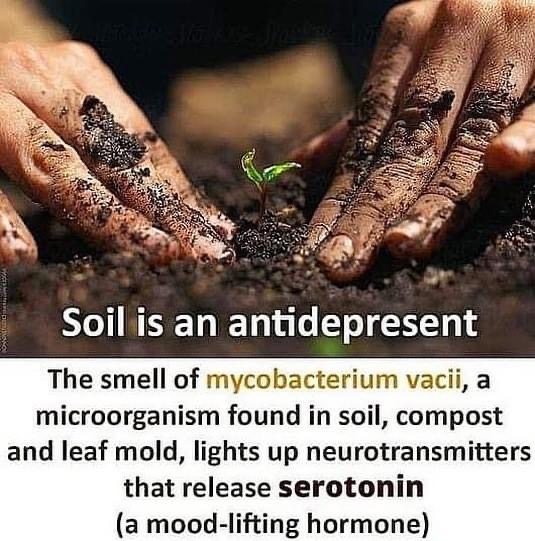
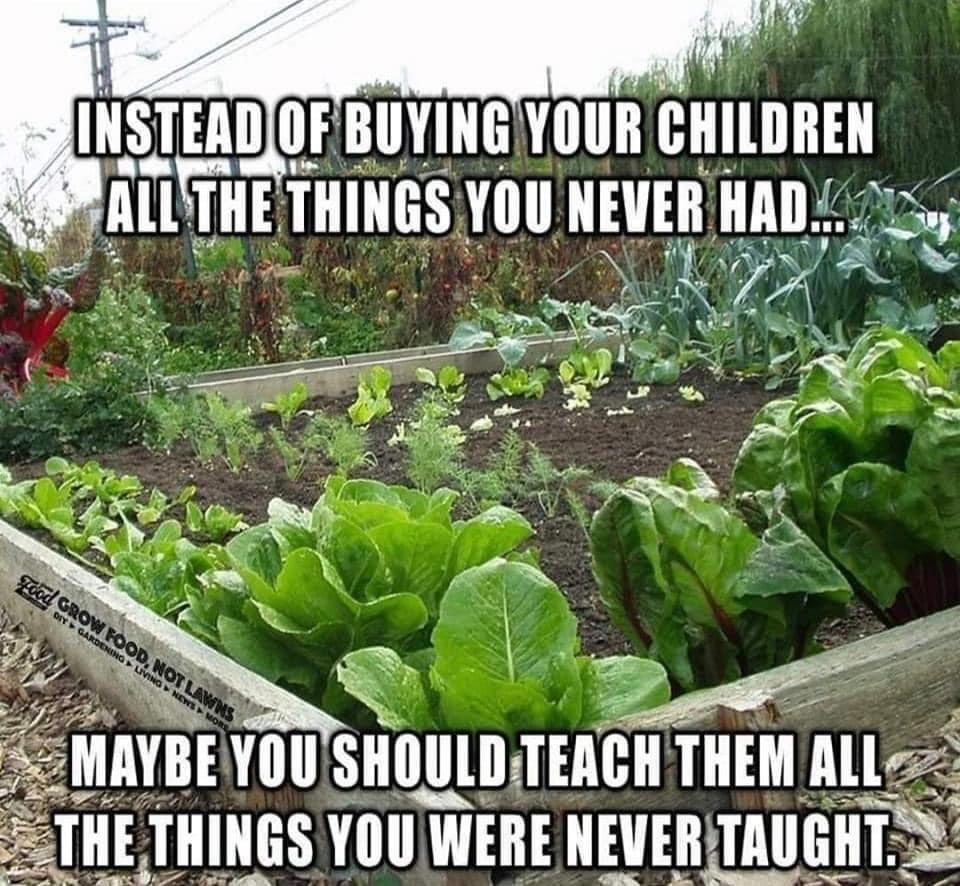
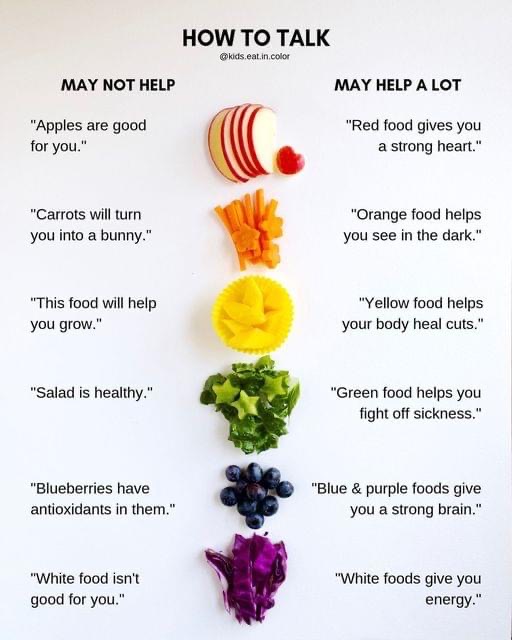
You Can Have Your OWN Garden, Too!
Consider incorporating a few regenerative principles and practices in your garden this year.
This may sound like a lot but begin by studying the Six Principles of Soil Health. Then learn to understand the Three Rules of Adaptive Stewardship which will help you to optimize the Four Ecosystem Processes that are free to us every day.
- Click here to study the fact sheets for each.
Learning to follow these principles will help you grow your garden regeneratively.
- When planting your garden, each year rotate the plants into different areas of the garden than those previously planted the year before. As soil health increases, plants contain more complete proteins with fewer amino acids. Pests are attracted to plants with free amino acids and not plants with complete proteins. Rotating plants will improve soil health while also helping to reduce fungal development and pest activity.
- If you grow seeds in pots before transplanting them to your garden, include soil from your garden in the starter soil of the pot. This will expose the germinating seed to the actual soil microbes available in your garden helping the plants adjust to their new home.
- Try planting companion plants beside your main plants. For example, plant herbs on either side of your tomato plants. The companion plants will pass along immunity to fungal disease and discourage pests on the main plants. Try planting asparagus with tomatoes to protect the asparagus plants from asparagus beetles.
- Plant cover crops in between your main plants so the soil is not bare. This will retain moisture in the soil and help to prevent erosion. Use a mixture of diverse plants from at least three plant groups such as brassicas, grasses, and legumes.
- Use plants that naturally repel pests such as Aster, Bay Leaf, Chives, Dill, Geraniums, Marigolds, Mint, and Garlic. (a list of plants and what each deters is listed in the link at the bottom of the page)
- Healthy plants use complete proteins to create an electromagnetic frequency that will ward away pest insects and will also alert the other plants of invading insects as well
- Be very careful to not over-apply nitrogen. Too much nitrogen can cause soil pH to lower, increase soil compaction and degradation, Nitrous Oxide to be released into the atmosphere, and plants will not be able to grow as well in the soil making them unable to supply nutrients back to the environment from the environment.
- Plant legumes that host nitrogen-fixing bacteria such as green beans, peas, soybeans, chickpeas, and peanuts. Legume crops can fix nitrogen from the air and thrive on nitrogen-deficient soils. Some nitrogen-fixing bacteria are free-living and do not require a host.
These are just a few strategies for successfully implementing regenerative principles and practices in your family’s garden to grow healthier and more nutrient-dense food.
This is my summary of the article by Allen Williams, Ph.D. How does your Garden Grow? Click here for the complete article.
